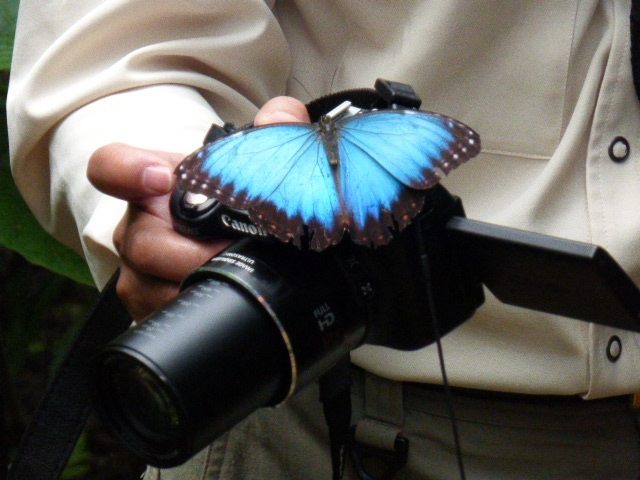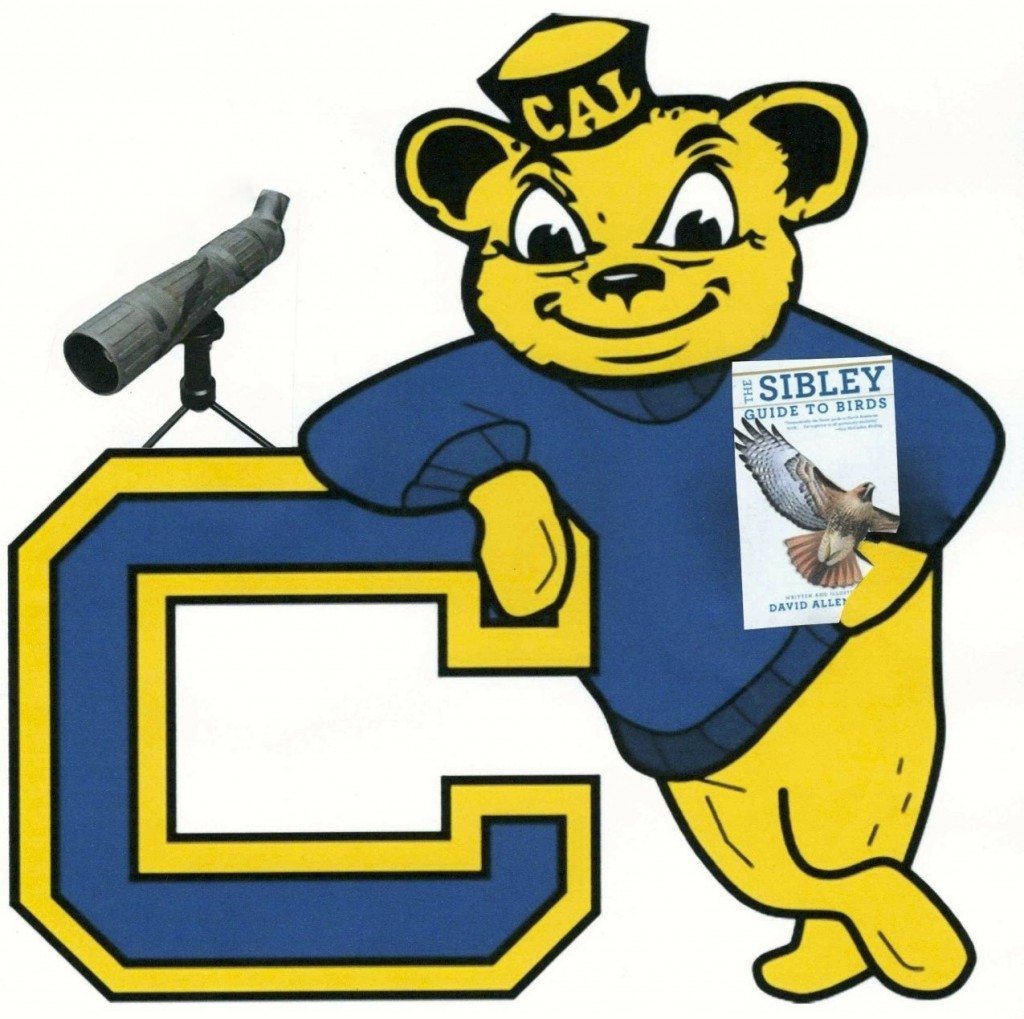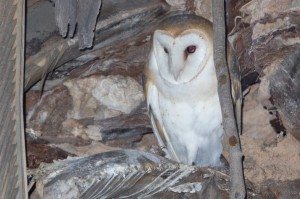Birding Belize with GGBA
By Carol and Steve Lombardi
In early February, 2014 we “traveled with Golden Gate Bird Alliance” on Mark Pretti’s Belize tour.
Belize is small and sparsely populated. Much of its original habitat is intact, so it’s a great place for a nature tour—and Mark is a wonderful guide. Not only did we see over 200 bird species, we also learned a lot about tropical ecology and the other flora and fauna.
Upon landing and surviving the immigration lines, we exited Belize’s teensy airport and met Mark on the sunny sidewalk. After introductions—a quick process with only 10 in the group—we boarded our bus for the short ride to the Radisson. Our original plan was to immediately leave Belize City for Crooked Tree Lodge in the hinterlands. However, heavy rains had closed the road, so we were forced to endure one night in a luxury hotel on the seafront. Birding nearby consoled us with some species we wouldn’t see in the countryside: Scissor-tailed Flycatchers, Cinnamon Hummingbird, Magnificent Frigatebirds, Bronzed Cowbirds, Great Kiskadee, Sandwich Terns, a Merlin, and the first of many Golden-Fronted Woodpeckers.
 Slaty-tail Trogon / Photo by Carol Lombardi
Slaty-tail Trogon / Photo by Carol Lombardi
Next morning began our trip in earnest with a stop at the Belize Zoo, which offers a small but vivid collection of local fauna—Harpy Eagles, macaws, jaguars, spider and howler monkeys, and adorable tapirs—plus many free-flying birds visiting the water and food containers, including Ruddy Ground Dove, Northern Waterthrush, Chachalaca, Yellow-olive Flycatcher, Yellow-fronted Euphoria, Common Tody Flycatcher, Hooded Warbler, Hepatic and Summer Tanagers, and Yellow-billed Elaenia. Six-foot-long iguanas basked on the ground and in trees.
Our next stop was Guadalcaste National Park, which offers several trails through lowland forest habitat. An Amazon Kingfisher perched along the Belize River and a Howler Monkey family lounged overhead, but the best sightings were from the parking lot: A female White-bellied Emerald carried spiderweb strands to an undisclosed location, a Yellow-billed Tyrannulet patrolled the shady edges, and Olive-throated Parakeets fed on blossoms in the treetops.
After a delicious Caribbean lunch — where we learned the difference between “beans and rice” and “rice and beans” — our bus climbed through damp foothills to Pook’s Hill Preserve for four nights. The cluster of cottages is surrounded by a variety of habitats (including a Mayan ruin), and we explored them all: The forest trails, the open meadow, the creekside tangle. Even a brief stroll across the driveway might yield Slaty-Tailed or Black-headed Trogon, White Hawk, White-collared Seedeater, or Long-billed Hermit—not to mention the local family of Howler Monkeys, an assortment of lizards, and the ever-present leafcutter ants.…













